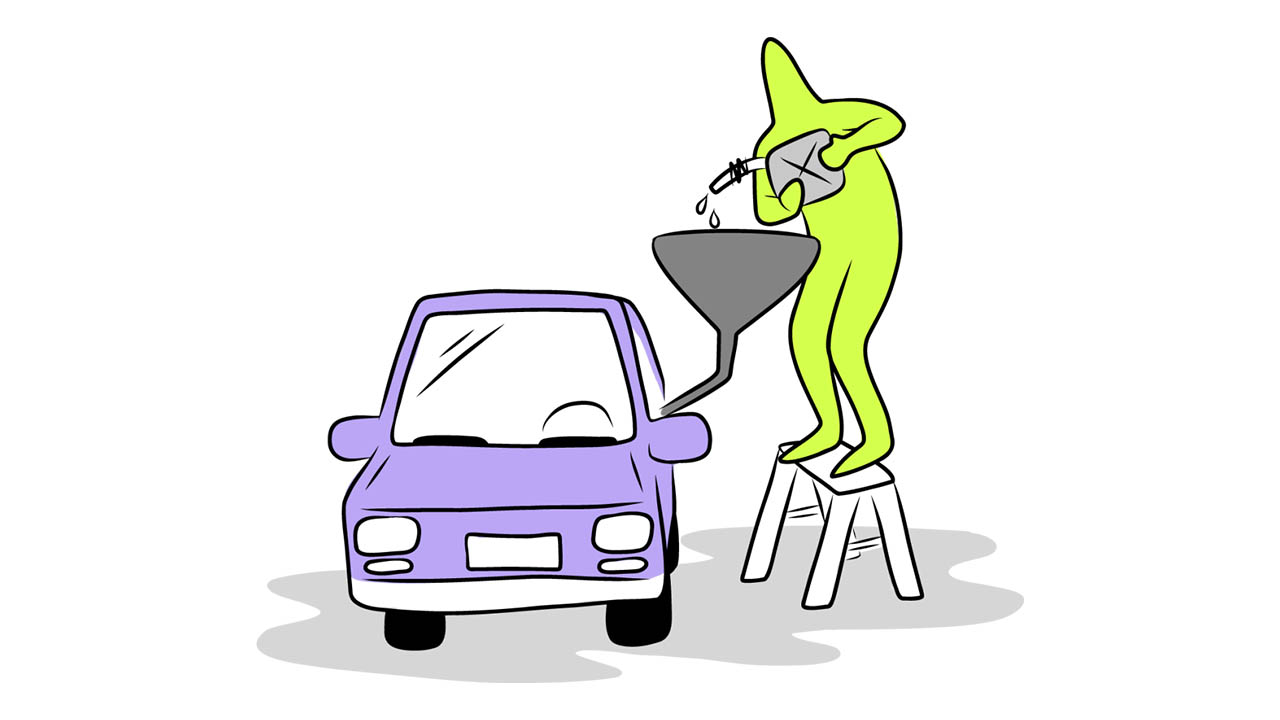



Alright, I’ve probably already confused you with the title. The idea that your marketing plan is essential to your firm’s success surely isn’t new, but you’ve been thinking about that in more expected categories:
So think of new business as leverage: you don’t have to “invest in the sale” because you have other options. You can experiment. You can lead the client, and when you run across a client who just wants you to do stuff, at their direction, you can move on and find someone who really values your work.
You know all this, but what does it have to do with an acquisition?
When someone buys your firm, whether that’s a somewhat accidental or organic process, or whether you’ve hired a firm to conduct a sell-side search for you, they will inevitably have some quick questions. These are big questions, too, and each one represents a potential “stop sign” that pauses the discussions. Or if your answer isn’t that fatal to the process, it might just slow things down and make sure that the buyer protects themselves from any downside from that perceived defect in your firm.
They’ll ask questions like this:
That last question is the one that I’m addressing in this article. Note, first, that the potential buyer is not asking about how you close sales. The buyer will safely assume that you are pretty good at sales. They’ll assume some base hits here and there, and the occasional home run, but they want to know how you get “at bats” so that you can swing at something.
The riskiest two things in an acquisition are these two:
You’d think they’d care about your people, and while they do, it’s not at the top of the list. They want to know if this transaction will pay them back or solve some other goal over the long term. That’s why earnouts were first used widely in the early 2000s, and then very commonly during the 2008 crisis, and they’ve been a part of the acquisition world ever since: let’s share the risk with the seller so that a portion of the purchase price is subject to hitting certain performance targets over time.
But even more than they, the buyer might very well want to pour some gasoline on that new business fire and speed up your growth. If your growth comes from flattering but unpredictable referrals, that’s not going to cut it. When they ask the question about how you dump opportunity into the top of the funnel, they want you to pull up a spreadsheet and then talk them through it:
“Here’s a brief overview of our marketing plan. We typically start X number of conversations of month, keeping careful track in our CRM. These conversations originate from these three sources, usually. We typically close one-third of those, and on average it takes us 7 weeks from initial contact to signed contract. The average client relationship lasts Y months and yields Z in revenue and profit over that time period. At any given time, we have 19 active client relationships. Do you want me to go any deeper into any of those numbers?”
Finally
There are many reasons to have a strong marketing plan, but don’t forget that being acquired one day could go a lot better than it otherwise would if you have a good plan in place.
Sign up now! Every Monday, get breaking news of recent CMO appointments, motivation to start your week positively, and innovative business development insights.